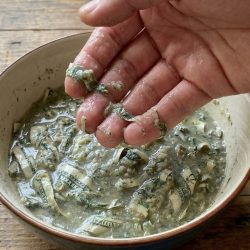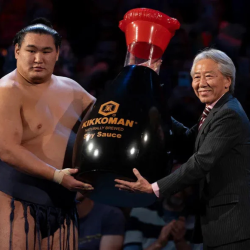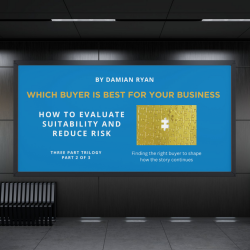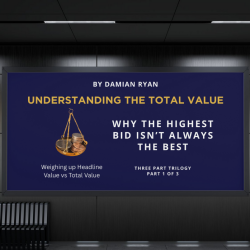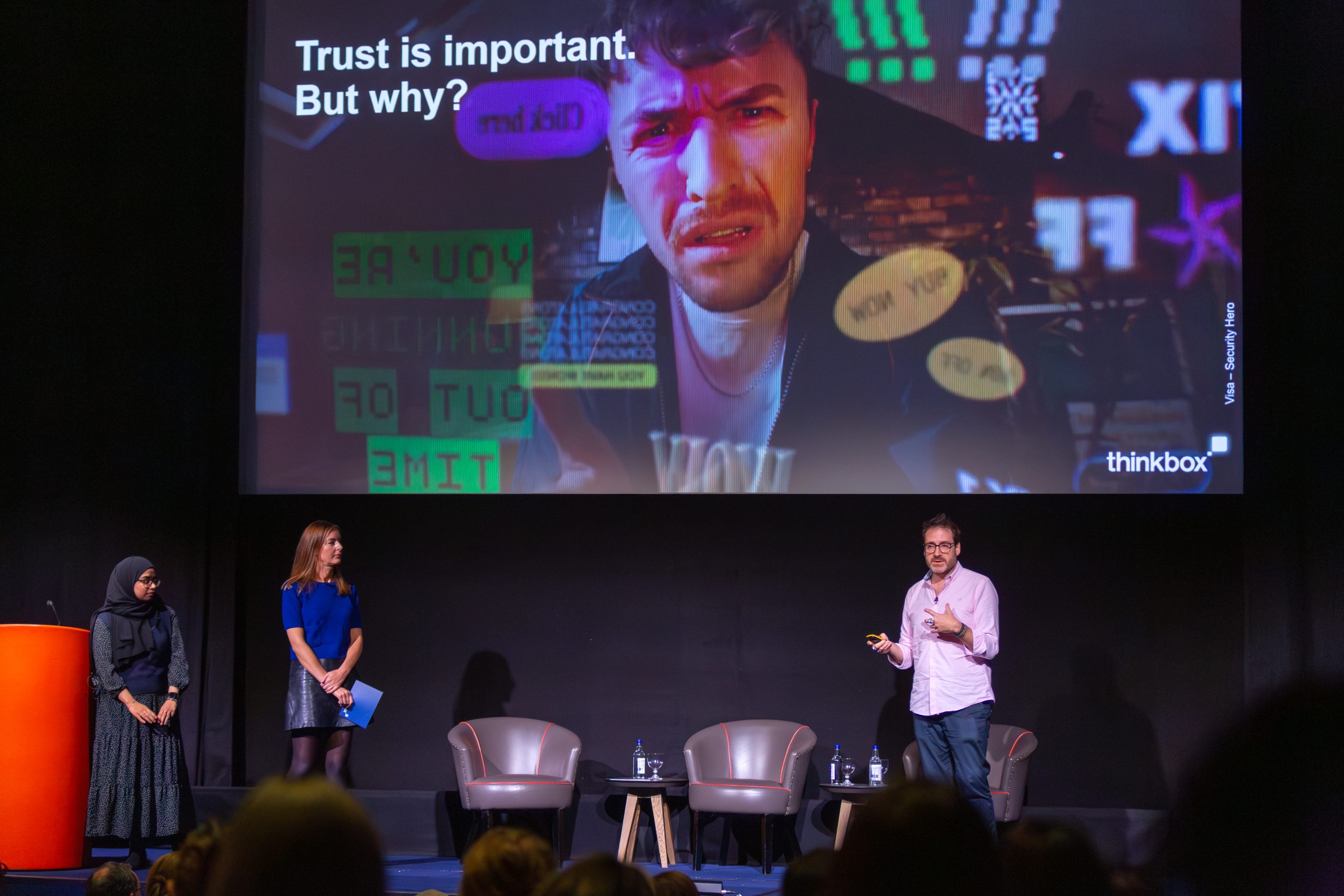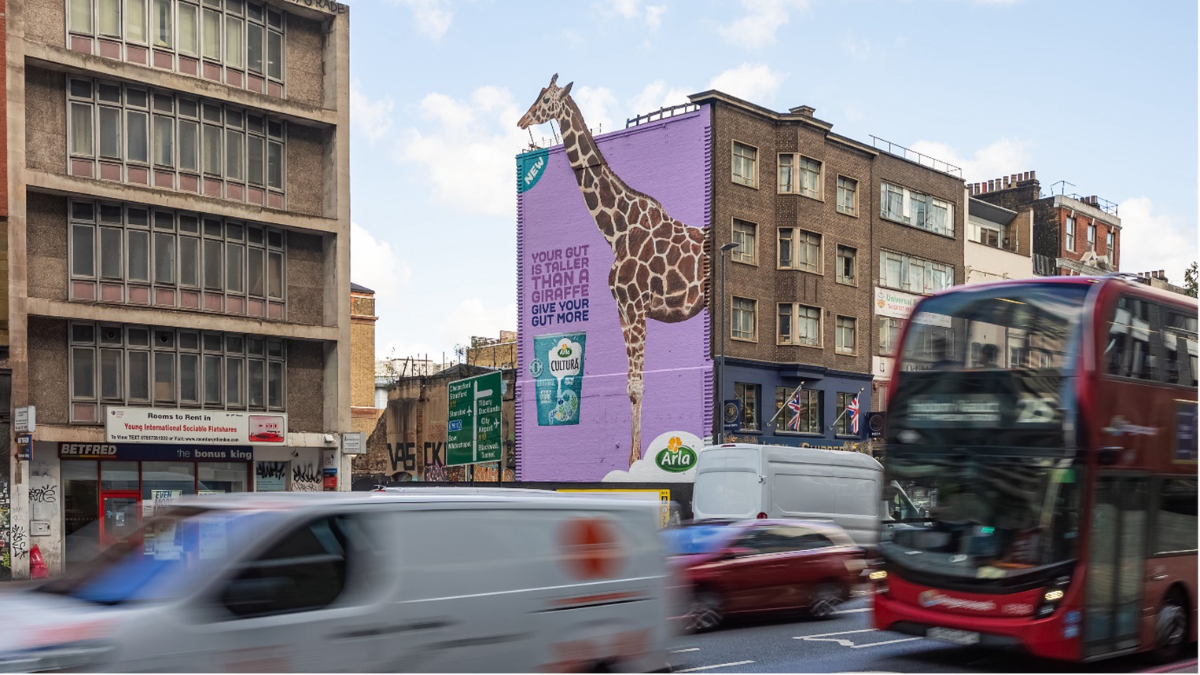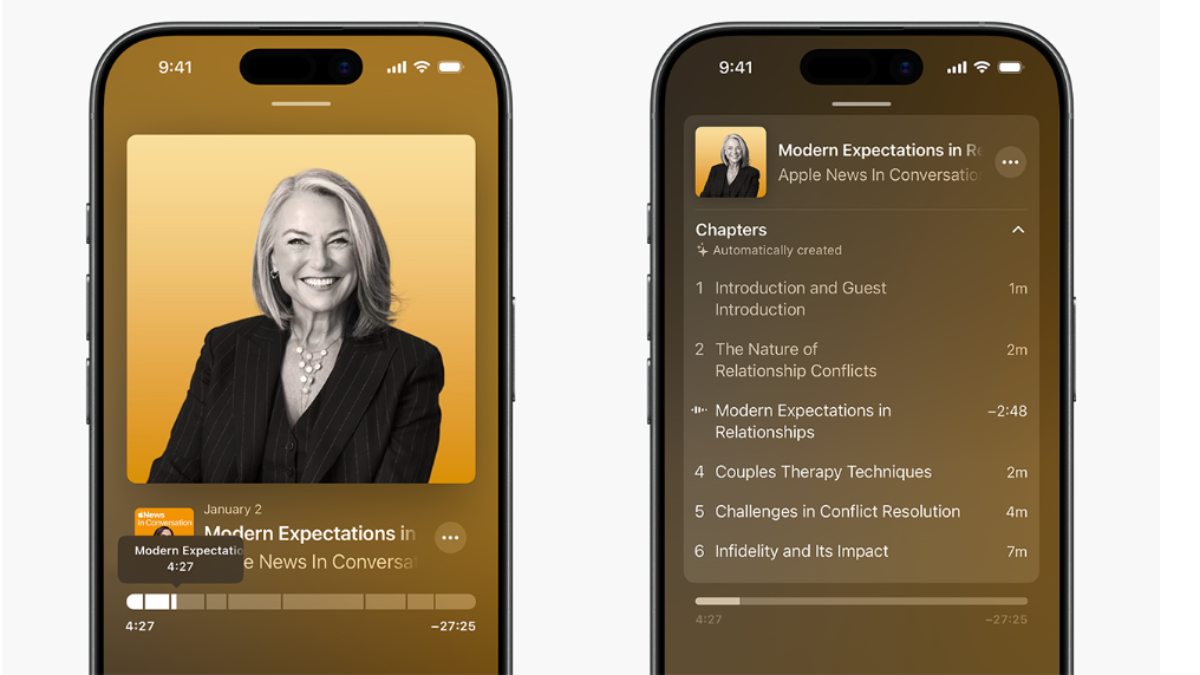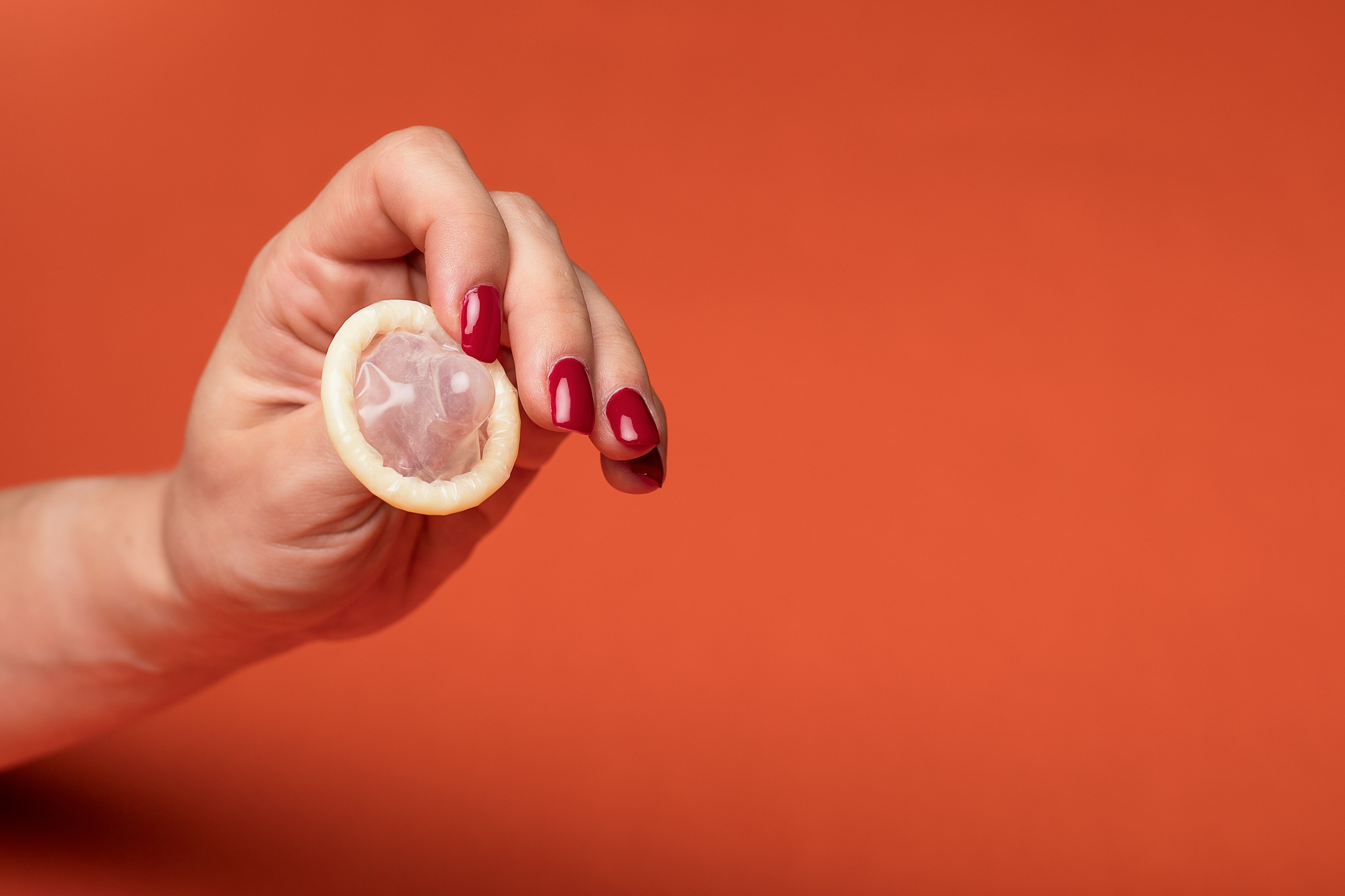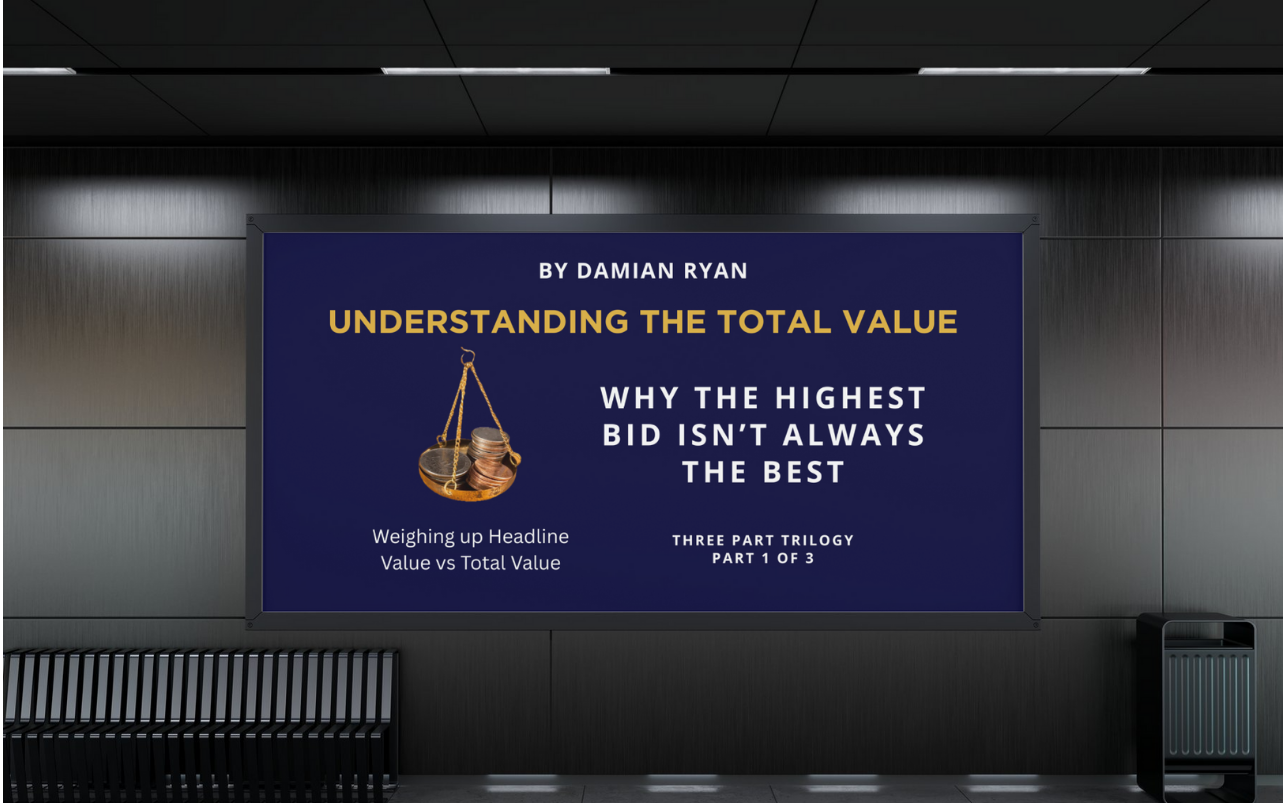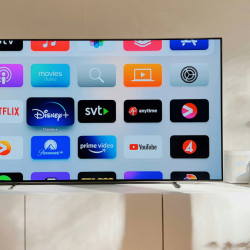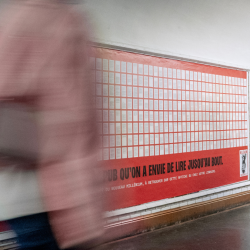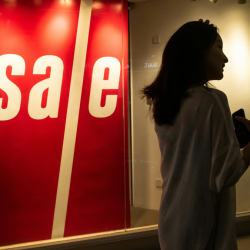A thirty-year-old experiment that showed people spend more when they’re happy has been successfully replicated.
Evan Polman, a professor of marketing at University of Wisconsin-Madison, asked over 300 undergraduate students how happy they were and then gave them $10 to spend on whatever they liked over the course of a week. The participants could save some of the money, spend it all, or even put it towards something that cost more than $10.
At the end of the test period, Polman asked participants what they’d bought, and the data showed that happier people spent more money. Every extra point in self-described happiness correlated with a 0.2-point increase in spending.
The results match the findings of a 1996 study in which the experimenters asked people coming out of a shop how happy they were and what they’d bought, and observed a 12% increase in spending for every one-point increase in happiness (on a six-point scale).
Polman sought to replicate the 1996 experiment because the wider literature on the effects of mood on spending has produced seemingly contradictory results. One study, for example, found people who were made to feel sad said they’d pay more for a water bottle.
In a bid to clear up the confusion, Polman introduced an extra step into his experiment. After collecting the data from participants, he got a team of researchers to rate the purchases according to how utilitarian or indulgent they were. The results showed that people tend to spend more on luxuries when they’re happy and more on necessities when they’re sad.
This could go some way to explaining the apparent inconsistencies in the prior research, since the studies that linked spending to sadness tested their hypotheses with utilitarian products.
Polman’s study has its limitations. First, it only measured correlation, not causation. Second, it didn’t examine whether the same dynamic applies to online shopping.
Nonetheless, it seems sufficient grounds to challenge the popular narrative that people splurge to cheer themselves up — which can encourage all sorts of negative marketing tactics.
Main image by Vitaly Gariev on Unsplash
